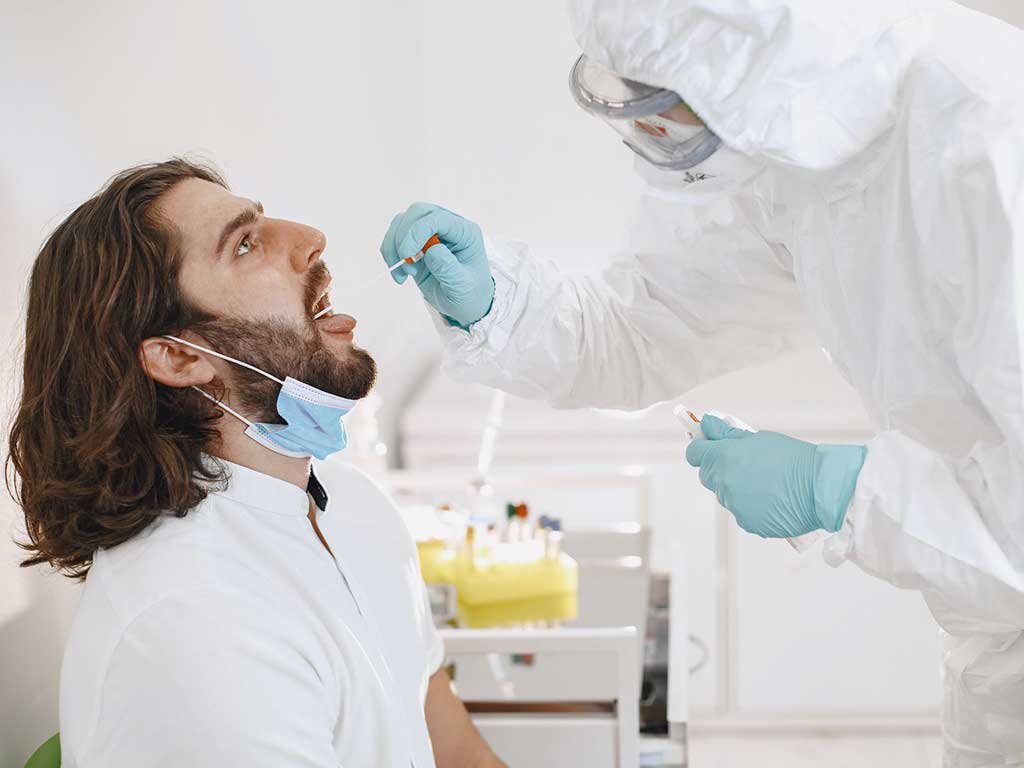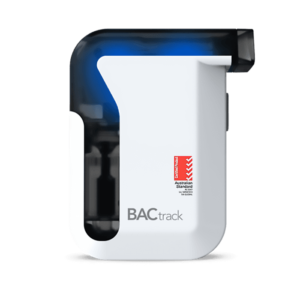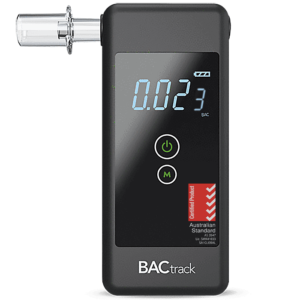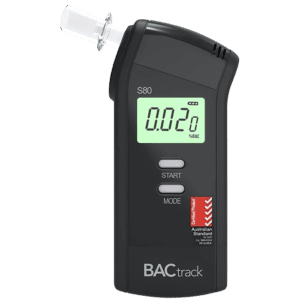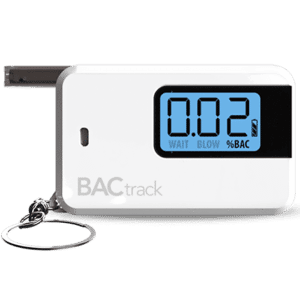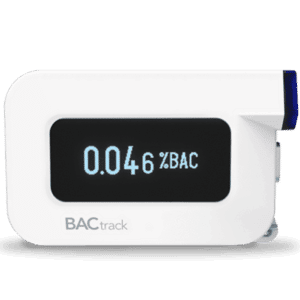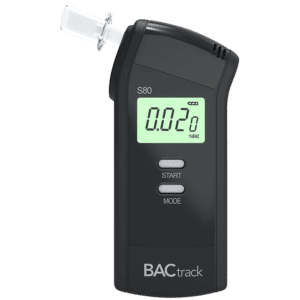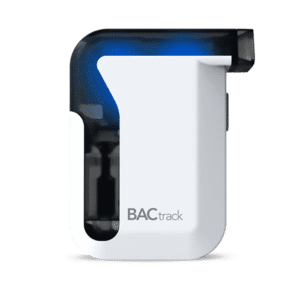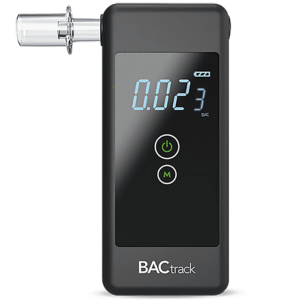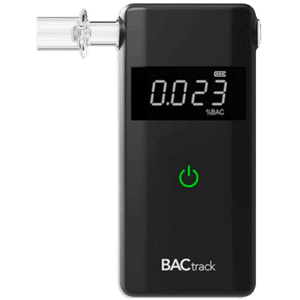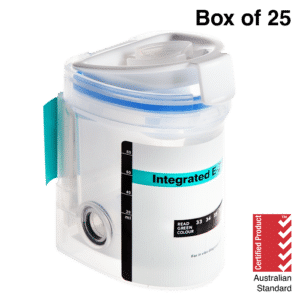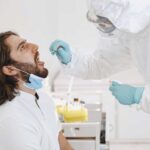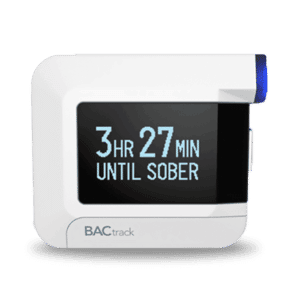Saliva Drug Test: A Complete Guide of What to Expect
20 February, 2024
The saliva drug test is a method of detecting the presence of drugs in oral fluids. This test offers convenience and efficiency due to its non-invasive nature and ability to provide quick results. There are several things to expect when undergoing this procedure. It involves collecting a sample of saliva through a mouth swab and testing it using immunoassays. The results are available after a few minutes, allowing individuals or authorities to interpret the outcome and make informed decisions.
Saliva testing is often used in roadside drug screening and workplace monitoring to determine recent drug use. Additionally, the testing method is simple and easy to administer. Nevertheless, a thorough understanding of the process is important for anyone undergoing the test. In this complete guide, we will cover the essentials of oral fluid drug testing, how it works, and sample collection guidelines. This will also present two types of test kits and where to buy them.
Jump to a Section:
- What Is a Saliva Drug Test?
- How Do Saliva Drug Tests Work?
- Purpose of Saliva Drug Testing
- How Accurate Are Saliva Drug Tests?
- Detection Times for Saliva Drug Tests
- Saliva Drug Testing Procedure
- Benefits of Saliva Drug Tests
- Where to Buy Saliva Drug Test Kits in Australia
- The ‘Oral Click’ Saliva Drug Test Kit
- The ToxWipe 7 Saliva Drug Test Kit
What Is a Saliva Drug Test?
A saliva drug test is a type of testing that analyses the presence of drugs or their metabolites using an oral fluid specimen. It is a form of monitoring to see if a person has recently consumed illicit substances. This method is quick and non-invasive, making it ideal for various settings such as workplaces, law enforcement, and rehabilitation centres.
The test can detect the common drugs of abuse, including marijuana, cocaine, amphetamines, opioids, and more. What distinguishes a saliva test from other methods is its simple collection procedure and short detection time. This procedure can be completed within a few minutes without requiring special equipment or facilities.
It is important to note that saliva testing kits provide qualitative results. This means it produces a positive or negative result for the presence or absence of illicit drugs. If the test is positive, it indicates that a person has recent exposure to drugs. Oftentimes, this may require a laboratory confirmation to determine the exact concentration levels in the system.
What Can It Detect?
- Amphetamine/Methamphetamine: They are a class of stimulant drugs that can increase energy, alertness, and focus, but they can be highly addictive and have serious health risks.
- Cocaine: A powerful stimulant drug that comes from the coca plant. It is illegal in most countries because it is often used as a recreational drug for its euphoric effects.
- Cannabis: The test can detect tetrahydrocannabinol (THC), the psychoactive compound in marijuana.
- Opioids: These drugs act on the nervous system to provide pain relief. However, they have a high potential for abuse.
- Benzodiazepines: A class of central nervous system depressants to treat anxiety, seizures, and other conditions.
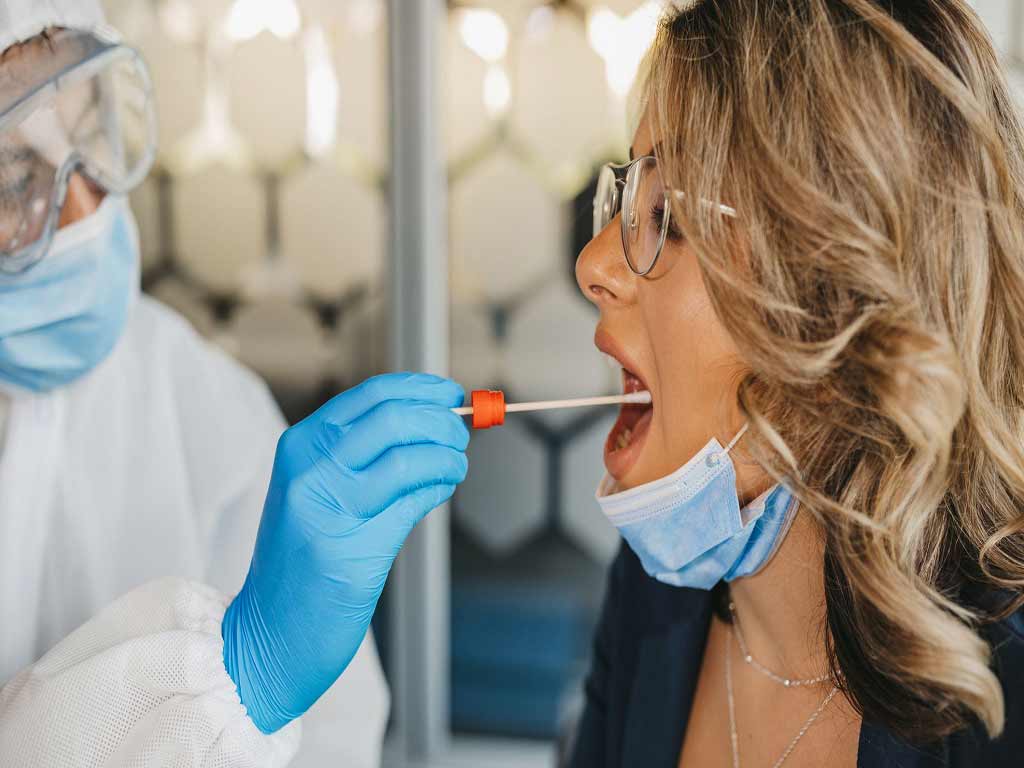
How Do Saliva Drug Tests Work?
When a person consumes drugs, the body breaks them down into metabolites, which are then excreted through various bodily fluids, including saliva. Saliva drug testing works using immunoassays to detect these substances. This analytical technique involves the detection of specific antigens or antibodies in the sample. These antibodies bind to the target drugs or metabolites and produce a visible chemical reaction.
The drug test kit includes a collection stick and a testing device. The stick has an absorbent end that is used to obtain a saliva sample. After collection, it is saturated in a buffer solution containing the antibodies. Depending on the drug testing device, it will either display a colour change or lines in the specific panels.
In the laboratory, more advanced techniques are used, such as gas or liquid chromatography and mass spectrometry. These methods can provide accurate quantitation of drugs. However, lab testing often takes more time and is more costly than instant screening devices. Nevertheless, the choice of testing depends on the situation and the level of accuracy needed.
Different Types Available
Saliva test kits are available in two main kinds: test strips and cassettes. The test strip utilises lateral flow technology to display results, while the cassette is a more compact device that provides quicker and easier interpretation of results. Both types are designed for single use and can detect multiple drugs simultaneously.
On the other hand, laboratory testing uses GC-MS or LC-MS techniques. Forensic laboratories consider GC-MS as the “gold standard” in drug detection and quantification. Moreover, the LC-MS test allows for the accurate detection of low sample volumes and low concentration levels. Both types are more suitable for confirmation rather than on-the-spot screening.
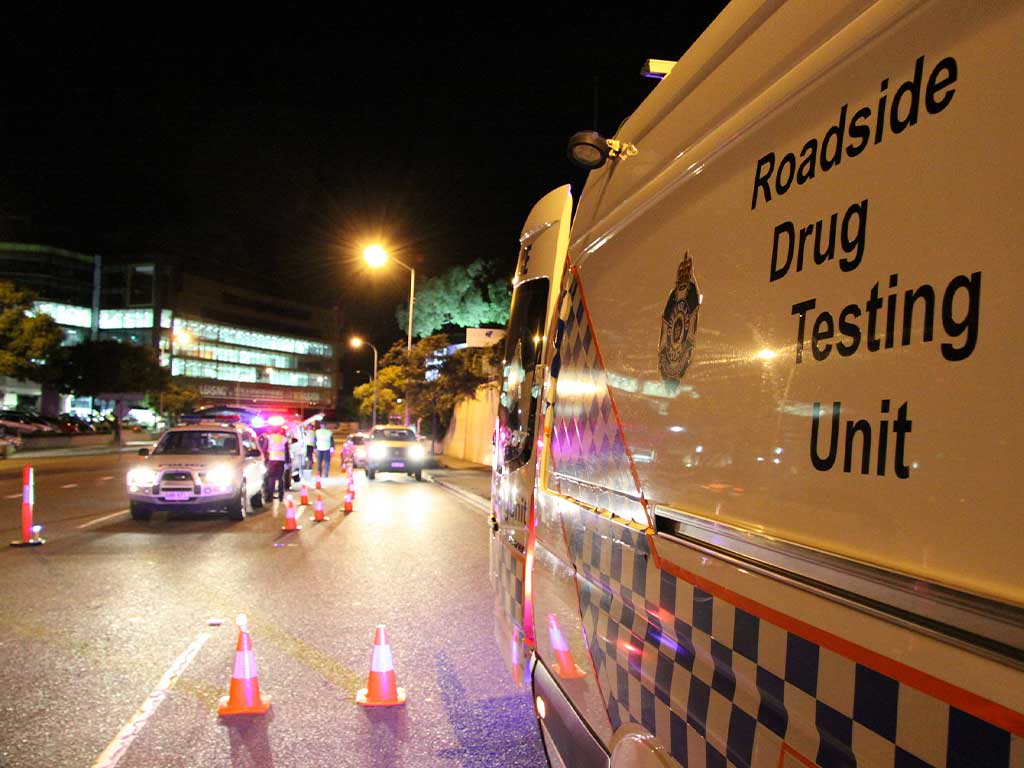
Purpose of Saliva Drug Testing
A saliva drug test serves several purposes in various situations. One of the main reasons for conducting this type of test is to detect recent drug use. Since drugs are detectable in saliva shortly after consumption, this is particularly useful in determining current impairments. Therefore, police officers utilise this approach in identifying individuals who are under the influence of drugs while driving.
Another purpose of the test is to ensure workplace safety. This is particularly crucial in safety-critical industries where there is a high risk of accidents. This test can help employers take appropriate actions to prevent untoward incidents from happening. Also, it helps deter substance abuse. Knowing they can undergo random or routine testing can discourage employees from using drugs in the first place.
Furthermore, saliva testing is valuable in rehabilitation settings. Treatment centres use this method to monitor patients undergoing drug rehabilitation programs. It helps ensure compliance with treatment plans and prevents relapses. By regularly testing saliva samples, healthcare providers can adjust treatment strategies as needed to support recovery.
Ideal Applications
Oral fluid testing is ideal for situations needing on-the-spot screening and quick results. One common use is random testing in the workplace. It helps to identify individuals who are trying to conceal their impairment. Additionally, it is useful in post-incident cases to determine if substance use led to the accident.
Employers can also use the saliva test for a particular employee displaying signs of intoxication or impairment. This test helps confirm suspicions of drug use and allows for immediate action to be taken. Moreover, law enforcement agencies use it in roadside screening to monitor drug driving.
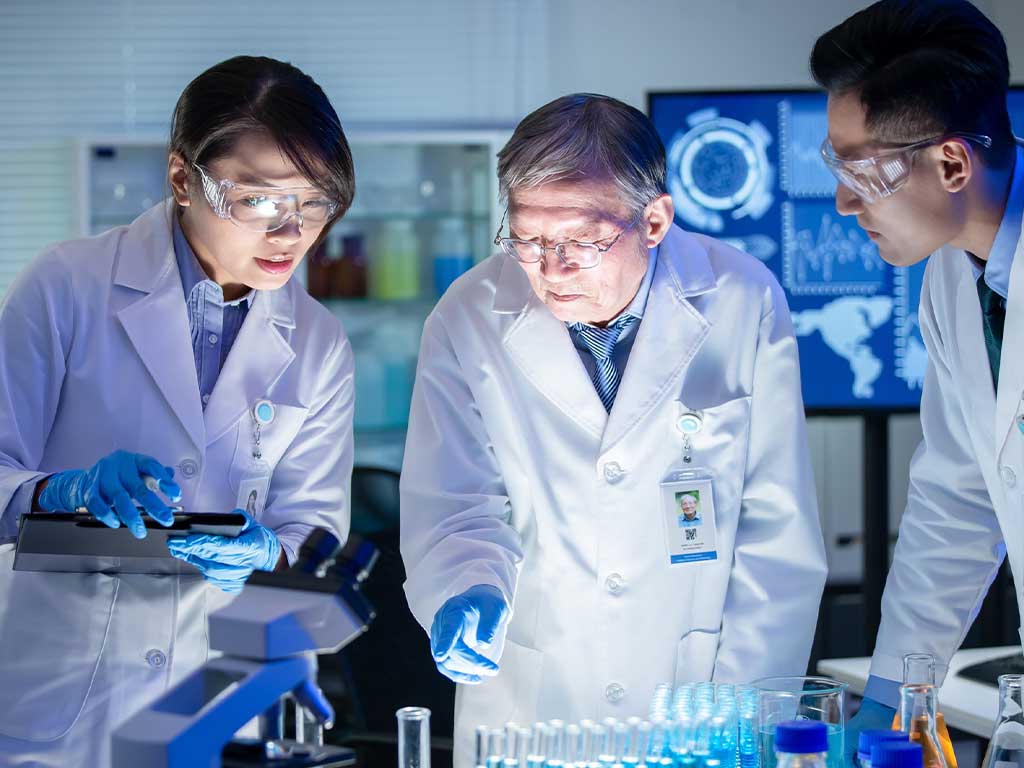
How Accurate Are Saliva Drug Tests?
Saliva drug tests are generally accurate and reliable when it comes to detecting recent substance use. Firstly, this test can detect a wide range of drugs, including alcohol. Secondly, modern devices or testing kits use advanced technologies to trace these substances. However, there are several factors that can affect the accuracy of the test.
One important factor is the sensitivity of the device. Test kits establish cut-off levels for each drug class, which may vary depending on the manufacturer. If the cut-off level is too high, there is a risk of false negatives. On the other hand, setting the too low could result in false positives. It is crucial to use a test kit with appropriate sensitivity levels or in accordance with the Australian Standards (AS).
Proper collection procedures are also vital to ensure accurate results. Not following the collection guidelines or improper handling may contaminate the specimens and lead to false readings. Therefore, a follow-up test with GC-MS and LC-MS is necessary for those with non-negative results. These methods provide the highest precision in measuring the concentration of drugs in the samples.
Cut-Off Levels
The cut-off level refers to the threshold of a specific drug or metabolite in a biological sample to produce a positive result. This ensures that the drug screening procedures are standardised or consistent across all on-site testing in Australia. Moreover, different specimen types and drug classes have different thresholds. In saliva tests, the immunoassay cut-off levels for the common drugs of abuse are the following:
- Amphetamine – 50ng/mL
- Opiates – 50ng/mL
- Methamphetamine – 50ng/mL
- Cocaine – 50ng/mL
- Oxycodone – 40ng/mL
- Cannabis – 15ng/mL
It is important to note that oral fluid drug testing kits have a different cut-off than laboratory testing.
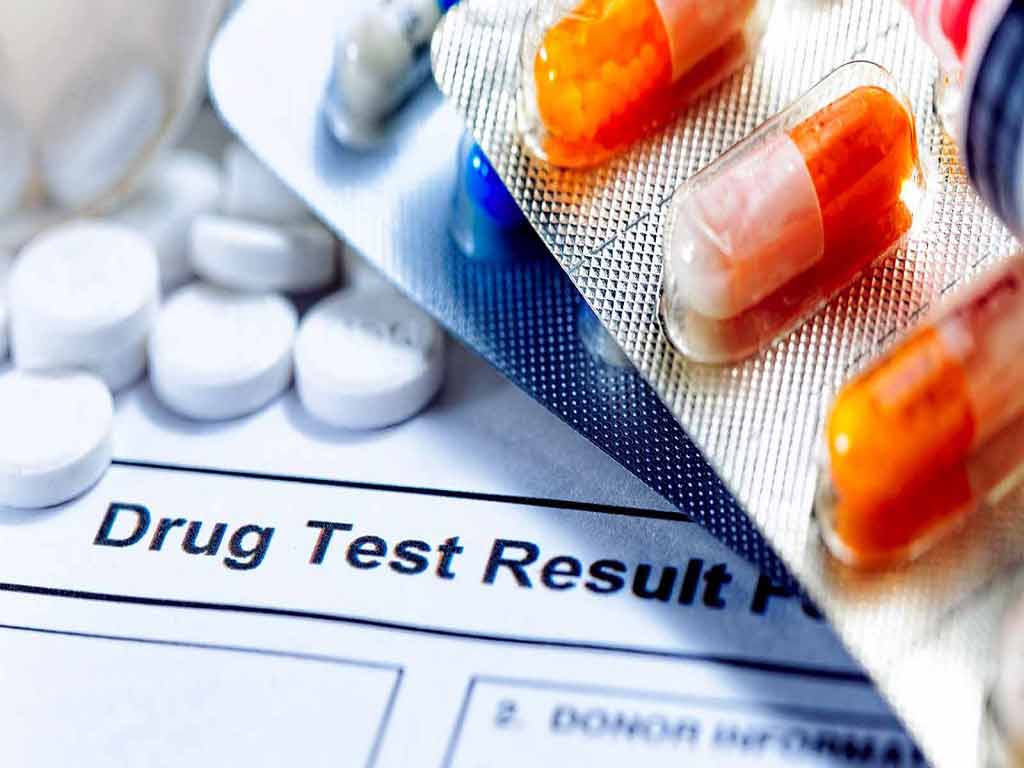
Detection Times for Saliva Drug Tests
The detection time refers to how long drugs or their metabolites are traceable in saliva after use. It varies depending on the drug classes, amount consumed, frequency of use, and other individual factors. In general, saliva drug tests can detect substances within a few minutes to 12 to 24 hours.
The short time frame of saliva samples is suitable for determining recent drug use. However, it is important to keep in mind that these are approximate detection windows and may vary from person to person. The detection time can be longer for chronic drug users. For example, the detection of cannabis in saliva within 14 hours may extend up to 48 hours or longer for those with marijuana addiction.
On the other hand, drugs like cocaine and amphetamines may only be detectable up to a day after use. In comparison, blood tests can trace substances within 6 to 12 hours, urine within 48 to 72 hours or longer, and hair within the past 90 days. Overall, these time frames of saliva are useful for determining recent consumption but may not be as effective for detecting long-term use.
Factors Affecting Detection Times
Several factors can affect the detection windows of substances in saliva. One factor is the type of drug. Some drugs can appear for a longer period of time than others. The frequency and amount of drug use can also impact the test. For instance, a regular or chronic user may have longer detectable periods compared to someone who only uses them occasionally.
People with faster metabolisms may have a shorter period of detection than those with slower metabolisms. Additionally, staying hydrated can help flush out drugs from the system faster, leading to a shorter detection time.
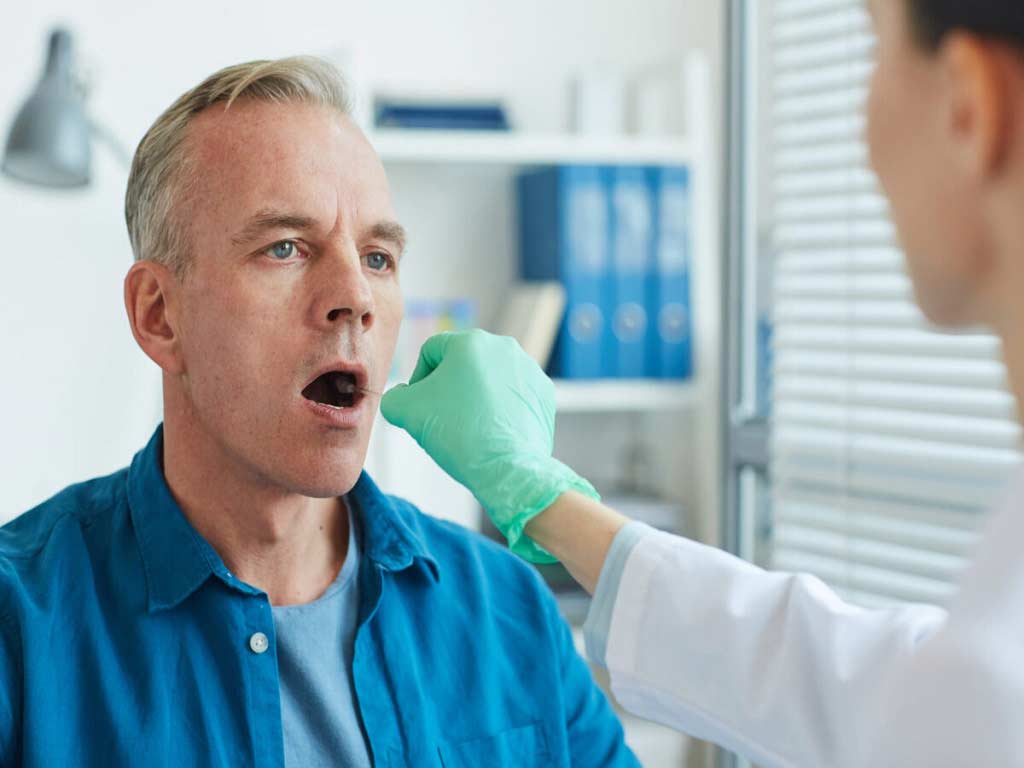
Saliva Drug Testing Procedure
When preparing for a saliva drug test, it is crucial to follow certain guidelines. The first step is to wait 10 to 15 minutes before undergoing the procedure. During this period, the individuals must not eat, smoke, or drink to prevent adulteration of the sample. Afterwards, the collector takes out a new test kit and explains what to expect during the test.
Next, sample collection will take place. However, it will depend on the type of testing device or kit. A mouth swab drug test involves swabbing the oral cavity with an absorbent collection stick. The collector brushes the inner cheek, gums, and tongue to obtain oral fluid samples. Another type may require putting a collection device under the tongue for several minutes.
After the specimen collection, the sample is stored in a sealed container for transport to a laboratory or analysed onsite. In onsite screening, the sample is mixed with a buffer solution to release any drugs present in the oral fluid. The result will show as negative or non-negative for the presence of illegal drugs.
Sample Collection Guidelines
Proper sample collection involves a series of steps to ensure accurate results. Generally, the person must not eat, smoke, drink, or chew gum for at least 10 to 15 minutes before the test. It is also important to use a new collection device or test kit for each individual to prevent contamination.
Furthermore, it is vital to follow the chain of custody procedures when collecting saliva samples. This includes documenting the collection process, labelling the sample, and ensuring secure transportation to the testing facility. These protocols are essential in protecting the integrity of the specimens.
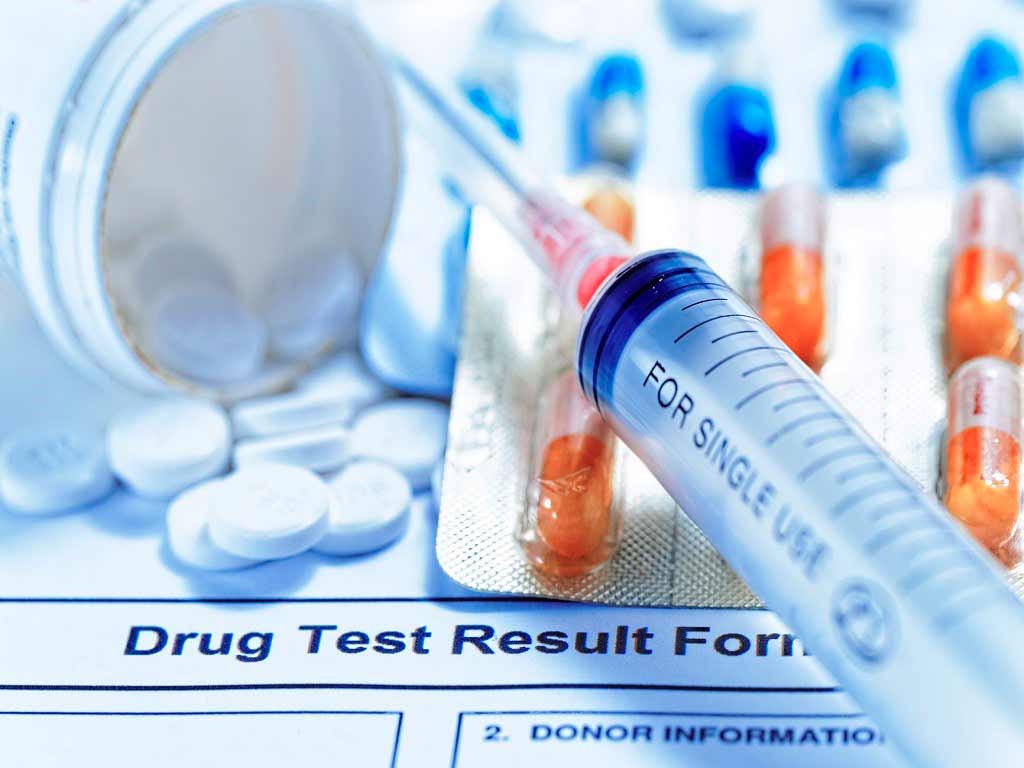
Benefits of Saliva Drug Tests
Saliva drug testing offers numerous benefits in various settings. Firstly, the simple collection process can be easily administered on-site, making it convenient for many workplaces. Secondly, the rapid testing process can provide individuals and organisations with immediate results. This allows companies to make responsible decisions with regard to occupational health and safety.
Thirdly, the short detection window of saliva tests can provide a more accurate and recent picture of substance use habits. This is especially critical for workplaces where drug use or impairments can pose a safety risk. Additionally, it allows healthcare professionals to quickly assess a patient’s drug use history and tailor treatment plans accordingly.
This type of testing provides accurate and reliable results. In most cases, the test administrator facilitates the sample collection. This minimises the risk of sample substitution or adulteration. Lastly, the testing kits are relatively inexpensive than laboratory methods, making them a practical drug screening option. Overall, it is valuable in monitoring substance use and ensuring safety in various environments.
Advantages Over Other Methods
- Non-invasive: Saliva samples can be easily collected by swabbing the inside of the mouth. It is more comfortable and convenient than other test methods.
- Tamper-resistant: Direct supervision makes it difficult for individuals to try to adulterate the specimen. Therefore, it enhances the accuracy of the test.
- Easy collection procedure: The test does not need special equipment or a private facility. It can be administered virtually anywhere, making it convenient for both the tester and the individual being tested.
- Rapid results: It can provide quick results, usually within a few minutes. This allows for immediate decisions to be made based on the outcome of the test.
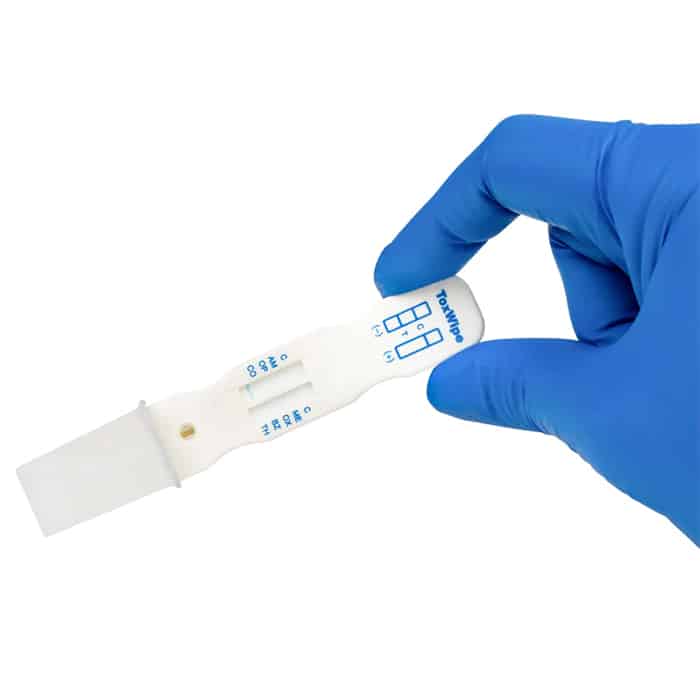
Where to Buy Saliva Drug Test Kits in Australia
Saliva drug testing kits are widely available in Australia from various retailers. A popular option is buying from pharmacies and medical supply stores. They offer a comprehensive range of products for different types of testing kits at varying costs. Therefore, it suits different budgets and testing needs. Moreover, it allows individuals to have immediate access to the product.
Drug test kits can also be purchased online. Online purchases offer the convenience of browsing through a wide selection of products and comparing prices. Many online retailers offer discreet shipping options, providing privacy for individuals. Furthermore, some online stores may offer discounts or promotions that can help save money.
These kits are often available over the counter without the need for a prescription. However, there are several considerations to keep in mind when selecting a test kit. This includes the sensitivity levels of the device, which can impact accuracy. Ease of use is also important to minimise user error. Lastly, it is recommended to buy AS-certified devices from a reputable manufacturer.
Breathalysers Australia
Breathalysers Australia is a reputable online retailer of reliable testing devices. It offers various types of saliva test kits, such as the ‘Oral Click’ and ToxWipe 7. They are both AS-compliant (AS/NZS 4760:2019), providing dependable results. Therefore, these devices are suitable for individual and professional use.
In addition to drug testing kits, Breathalysers Australia offers personal and professional-grade breathalysers. These devices can help monitor alcohol consumption levels through analysis of the breath sample. Also, shipping is available nationwide with fast delivery options. For accurate and efficient drug testing solutions, consider purchasing online at Breathalysers Australia.
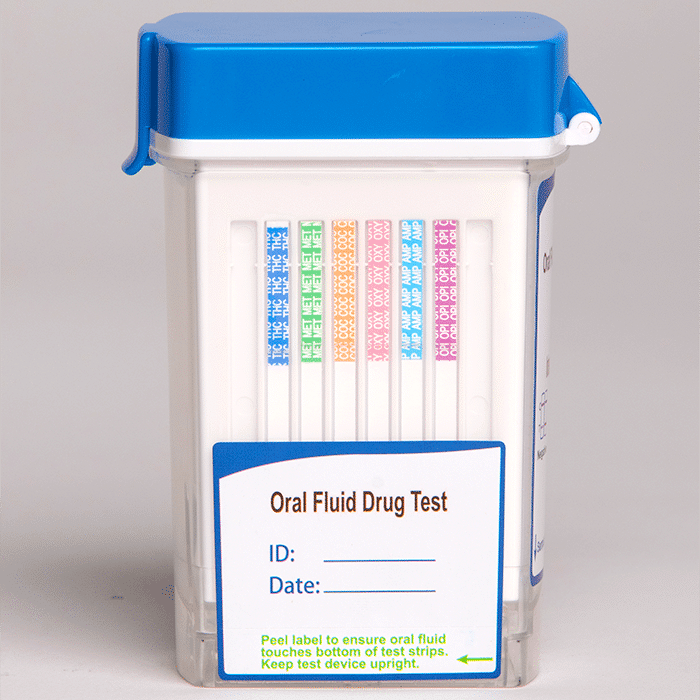
The ‘Oral Click’ Saliva Drug Test Kit
The ‘Click’ Saliva Drug Test Kit is an innovative product that allows for quick and easy drug screening. It comes with a portable analysis kit, collection swab, result window, and an instruction manual. The test is easy to administer and provides results within minutes. Additionally, it utilises a lateral flow chromatographic assay, allowing for on-site testing and interpretation of results.
This AS-certified device enables testing for commonly abused substances, including amphetamine, opiates, cocaine, and cannabis. It has a user-friendly design, allowing testing anywhere without the hassle and mess of dealing with urine. This eliminates the need for a special facility to collect the sample or problems with “shy bladder“.
Moreover, the ‘Oral Click’ drug test kit has a security feature that prevents tampering. This quality control measure enhances the precision and integrity of the test. The results will show the presence or absence of lines in the test region. The absence of a line means a positive result, while the presence of a line suggests no drugs are detected.
Core Features of the ‘Oral Click’
The ‘Oral Click’ design is simple and straightforward to use. It can test for six primary drugs of abuse with cut-off levels adhering to the requirements of the Australian Standards. This makes it ideal for workplace testing. Another feature is the ability to provide rapid results, usually within 10 minutes.
Additionally, the kit is tamper-resistant. To analyse the sample, simply open the cap and insert the swab stick into the analysis kit. Push the cap until it locks in place, and wait for the results. Finally, it has a long shelf life. However, make sure to store the device properly to maintain its effectiveness.
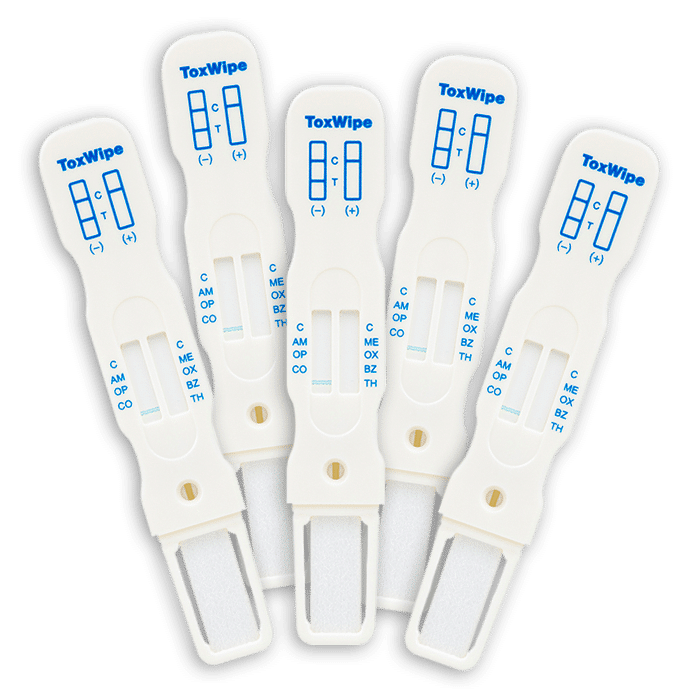
The ToxWipe 7 Saliva Drug Test Kit
The ToxWipe 7 Saliva Drug Test Kit is another reliable option available in Breathalysers Australia. It also uses a rapid lateral flow immunoassay to detect target drugs and their metabolites. The kit includes a collection pad and a compact analysis kit containing the reagent. In addition, it can detect seven drugs, with the inclusion of benzodiazepines.
To use the device, insert the collection pad inside the mouth and swab around the cheeks, gums, and under the tongue. Next, verify sample sufficiency by checking if the blue line at the bottom left window has disappeared or moved up. After the collection, saturate the sample in the analysis kit and wait for the results.
Like the ‘Oral Click’, the ToxWipe 7 is AS-certified and provides accurate results. It is user-friendly and does not require any special training to administer. With its ability to detect a wide range of substances, this test kit is a valuable tool in workplaces, law enforcement agencies, or in rehabilitation centres.
Core Features of the ToxWipe 7
- The ToxWipe 7 has an all-in-one design that can collect samples and read the results from one device.
- It can detect multiple substances simultaneously.
- It has an integrated buffer solution to inhibit bacterial growth and prolong shelf life.
- The kit has a sample sufficiency indicator. This feature ensures there is an adequate volume of saliva for analysis to render accurate results.
- It is AS:4760:2019 compliant. This certifies that the device meets the requirements set by the regulatory standards for drug testing to give reliable readings.
- The kit has a rapid reading time of 3 to 5 minutes.
Conclusion
A saliva drug test is a convenient and efficient method to test for illegal drugs in the system. This type of testing has a detection window of 12 to 24 hours. Additionally, rapid test kits can detect multiple drug types simultaneously using immunoassay techniques. This involves the use of antibodies that bind to specific drugs or drug metabolites. The process can return the results within minutes, making it valuable for situations needing immediate feedback.
The short detection time and ease of sample collection are ideal for workplaces such as in post-incident and random testing. Organisations may also use this as a cost-effective tool to monitor drug use, prevent accidents, and deter substance abuse. Ultimately, this can help enhance safety and productivity in different areas. Individuals and employers can get reliable options like the ‘Oral Click’ and ToxWipe 7 in several outlets, including pharmacies and online like Breathalysers Australia.





